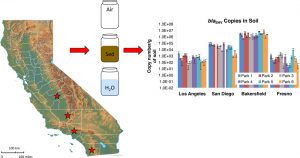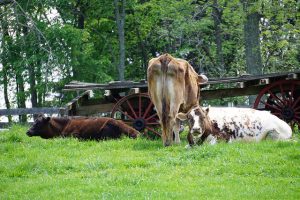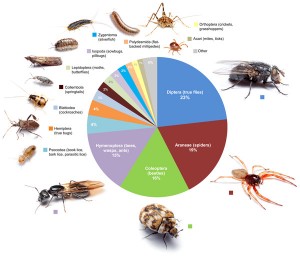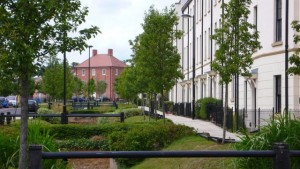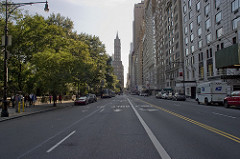This new paper may be of interest: Source: Disparate Antibiotic Resistance Gene Quantities Revealed across 4 Major Cities in California: A Survey in Drinking Water, Air, and Soil at 24 Public Parks – ACS Omega (ACS Publications) Abstract: Widespread prevalence of multidrug and pandrug-resistant bacteria has prompted substantial concern over the global dissemination of antibiotic …
A recent open access paper from the BioBE Center at University of Oregon explored the differences between airborne bacteria collected in parks and parking lots. Entitled “Urban greenness influences airborne bacterial community composition” and published in Science of the Total Environment, this interdisciplinary study combined research methods from microbiology and landscape architecture to answer the …
About half the human population now lives in urban environments. In 2008, populations of more developed nations were about 74% urban, while about 44% of residents of less developed countries lived in urban areas. It is projected that 70% of the world population will be urban by 2050, with most urban growth occurring in less developed countries. While there …
A paper from Bertone et al studies indoor arthropod diversity in urban and suburban homes. They surveyed all the arthropods they could find in 50 homes in North Carolina, finding 24-128 distinct arthropod families per home! These critters were filtering in from the outdoor surroundings of the home, and most of them were benign to humans. They also found …
A blog post from the Scottish Wildlife Trust by Ed Taylor discusses the importance of greenspace in Scotland’s suburban and urban areas. It’s part of a “50 for the Future” series that suggests 50 things that should occur in Scotland over the next 50 years to benefit both people and wildlife. As suburban areas are …
A new paper just came out from Dunn et al about how urban stress effects microbial communities in Manhattan. Urban structures can provide barriers to species movement and create islands of life, both for macro- and microscopic creatures. Here, they sampled soil bacterial and fungal species, as well as ant communities, from small road medians and large …
Nice story worth reading in New York Magazine by Ferris Jabr: Uptown Mice Are Different From Downtown Mice — NYMag. It discusses some work on evolution in urban environments, including a little bit about work starting to be done on gut microbes of rodents and how they might be affected by urban life. Other things of …
